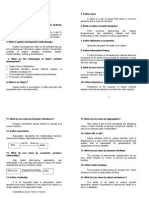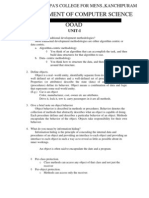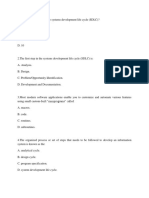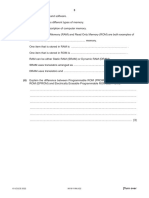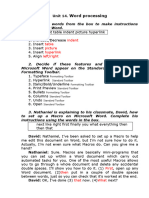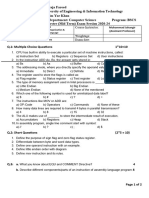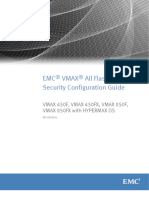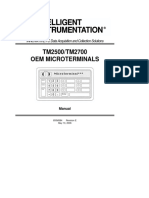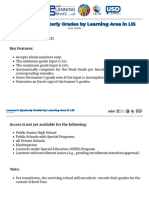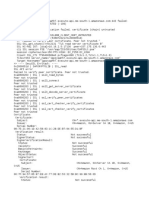0% found this document useful (0 votes)
35 views11 pagesMCQ U1
The document consists of a comprehensive multiple-choice quiz covering various topics related to system development and object-oriented programming. It includes questions on system development methodologies, object basics, the four pillars of OOP, the system development life cycle, the unified approach, and general concepts of software development. Each topic is designed to test knowledge on key principles and practices in software engineering.
Uploaded by
NavyaCopyright
© © All Rights Reserved
We take content rights seriously. If you suspect this is your content, claim it here.
Available Formats
Download as PDF, TXT or read online on Scribd
0% found this document useful (0 votes)
35 views11 pagesMCQ U1
The document consists of a comprehensive multiple-choice quiz covering various topics related to system development and object-oriented programming. It includes questions on system development methodologies, object basics, the four pillars of OOP, the system development life cycle, the unified approach, and general concepts of software development. Each topic is designed to test knowledge on key principles and practices in software engineering.
Uploaded by
NavyaCopyright
© © All Rights Reserved
We take content rights seriously. If you suspect this is your content, claim it here.
Available Formats
Download as PDF, TXT or read online on Scribd
/ 11





